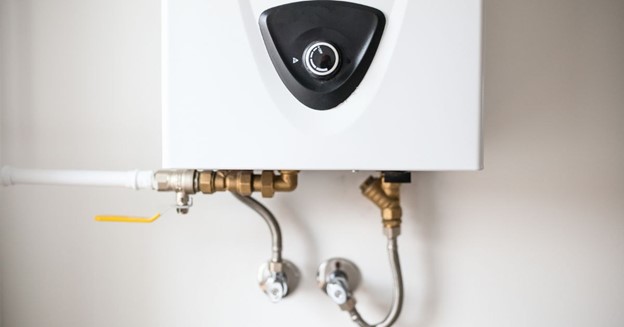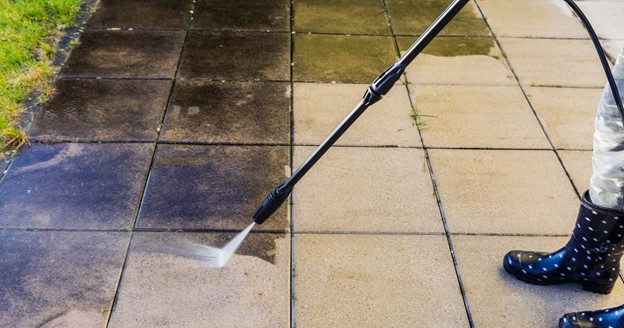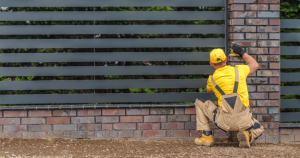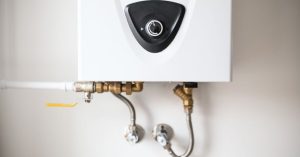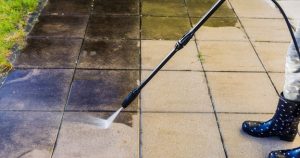How To Know If You Need Tuckpointing
Brick houses are so beautiful, strong, and can withstand any wind. But without maintenance, it won’t last forever. Here’s how to know if you need tuckpointing.
Brick houses are beautiful, but over time, they can start to lose their beauty due to cracks and all.
If you notice cracks that are already turning to dust across your brick walls, it’s time to look for a solution to them.
These subtle signs are usually early warnings of basic issues that, if ignored, could result in more severe damage.
Understanding how to know if you need tuckpointing helps you to take action at the right time, which eventually saves you from costly repairs later on.
To avoid this, it might be time to consider contacting a Des Moines masonry contractor, like Brickwork Brigade.
At Brickwork Brigade, you can get our services if you are in Des Moines and the nearby areas like Beaverdale, Drake, East Village, Merle Hay, and more.
Our work is built to last for decades. We understand that Iowa’s shifting climate can wear down brick and existing mortar over time.
That’s why we use proven methods, durable materials, and take the time to do masonry repairs that hold up.
Let’s show you how to know if your brick wall needs tuckpointing.
What is Tuckpointing?
Tuckpointing is when you remove and replace the damaged mortar joints that’s between the brickwork on your home or any wall.
Generally speaking, tuckpointing should be redone in your home every 10-15 years.
At Brickwork Brigade, we’ll send our Des Moines masonry contractor to your home to assess and determine how many repairs are needed.
And, the same masonry contractors who assessed the work are the exact ones we’ll send to do the job.
In most cases, all that’s needed for the repair is just spot tuckpointing. If it’s a more serious work, all the joints need to be redone.
We ensure that the mortar joints between the bricks have a good seal.
Why is Tuckpointing Important?
You’d be shocked to know that some people have lived in their brick homes for over 30 years without ever doing tuckpointing.
Well, maybe you’ve also heard of people who drove their cars for years without changing the oil.
And maybe, just maybe, you’re part of those who haven’t visited the doctor for almost 5 years.
You can see that all these scenario isn’t a good idea.
There are some key reasons why tuckpointing is vital for the health of your home. Here they are:
- It makes your brick house hold up together.
- Bad tuckpointing can allow water into the interior walls, which can cause mold build-up and basement flooding.
How To Know If You Need Tuckpointing: Signs to Watch Out For
If you’ve lived in a brick house for very long, we suggest you start looking around for these signs, so you can know when to call a professional.
1. Cracks in Brickwork
Watch out for cracks in your brick wall, as they can be a sign that it needs tuckpointing.
Cracks in your brick walls can mean that the mortar keeping them together is getting bad.
Exposure to Iowa’s kind of weather and time can weaken the mortar, which is why you see those cracks.
Ignoring these cracks can cause more damage to your brickwork and potentially affect the strength of the building.
Handling these cracks on time through tuckpointing helps you avoid more severe and expensive repairs on loose bricks down the line.
2. Mortar Deterioration
Check your brick walls for crumbling or missing mortar joints, as they can be signs of deteriorating mortar.
Over time, the mortar between your bricks can wear down because it’s always exposed to the weather.
One way to know that the mortar is breaking down is to check for a powdery residue near the joints.
When you have a crumbling mortar, it opens gaps between bricks. Water can easily seep in through the gaps and potentially damage the structure.
So, check for where the mortar has seriously washed off or where bricks are no longer attached to it.
If you put your finger through the degraded mortar joint and it goes down or breaks easily, that’s a clear sign of deterioration.
3. Brick Misalignment
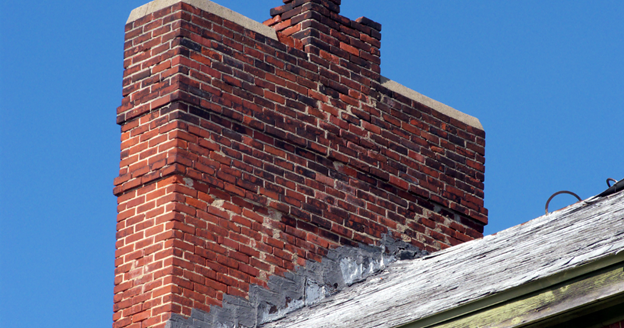
This is how to spot signs of brick misalignment on your walls:
Look for unusual, uneven, or wider horizontal or vertical gaps between bricks.
Misaligned bricks are a sign that there’s a potential problem with the structure since the mansory appearance is disjointed.
Also, bricks that are sticking out further than others or bricks that aren’t lining up correctly are a sign of misalignment.
Sometimes, when you notice this misalignment, factors like settling foundations or moisture damage are what caused it.
Tuckpointing can correct brick misalignment, helping to maintain structural integrity and preventing more damage.
Always watch out for these misaligned bricks, so that the stability and beauty of your masonry stays the same.
4. Water Infiltration
Damp or discolored areas are signs of water infiltration, so check for them on your masonry walls. It means moisture seeps through.
Water infiltration can cause major problems like mold growth, weakened mortar, and even harm to the wall’s structural integrity.
Other signs to help you know that water is penetrating your masonry are wet spots, water stains, peeling paint, or a stuffy odor indoors.
Pay close attention to areas where leaks are more likely to occur, like around windows, doors, and corners.
At Brickwork Brigade, we don’t just do tuckpointing to fix the problem with the mortar joints. We ensure the repair blends easily and smoothly with the rest of your home.
5. Visible Brick Damage
Cracks, chips, or spalling on your brick surfaces might be an obvious sign of visible brick damage that needs tuckpointing.
They affect the attraction and structural integrity of your brickwork.
They are caused by several factors, like climate conditions, water penetration, or even just the natural aging of the bricks.
Cracks in the bricks can allow water to penetrate, which causes more damage to the masonry.
Act promptly on these visible signs to avoid more extensive and costly repairs later on.
How? Reach out to professional brick repair Des Moines for tuckpointing services to restore the integrity of your brick surfaces.
Conclusion: Work With a Professional Today
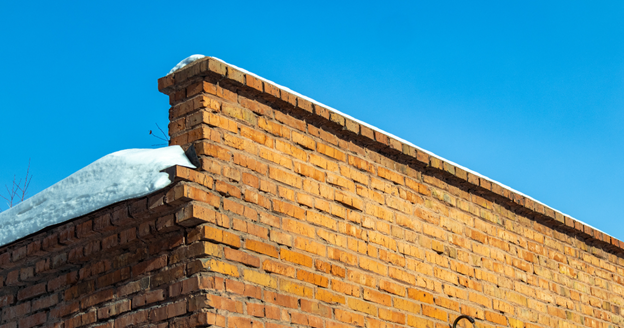
So, the signs on how to know if you need tuckpointing are clear. The next step is to ensure you do tuckpointing on your brickwork.
We strongly suggest you find a reputable contractor to do the work. You may create a bigger problem if you try to do it yourself.
As always, at Brickwork Brigade, we are professionals. We have years of experience in Iowa’s unpredictable climate.
Our masonry work looks sharp and lasts through any kind of weather conditions. We do chimney repair, tuckpointing, patios, driveways, fire pits, and lintel repair Iowa.
If you’re ready for solid masonry that’s done right, contact us now for a free quote.


